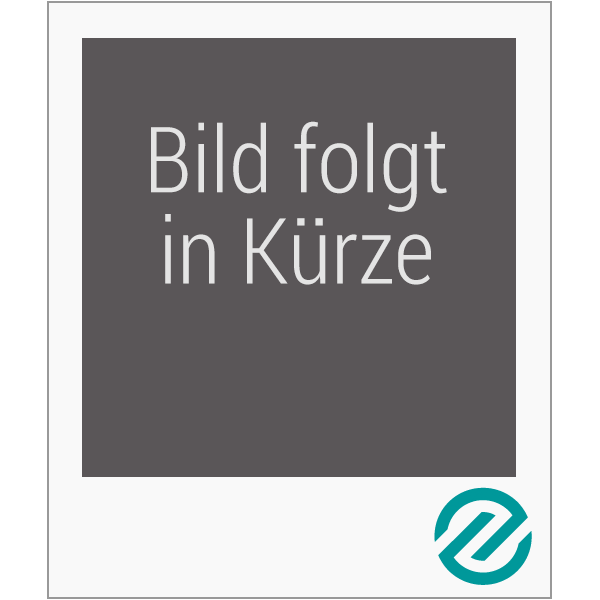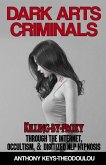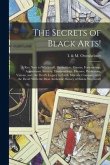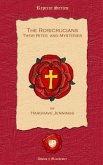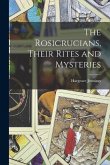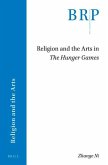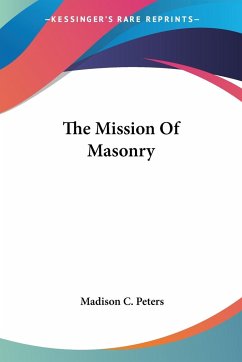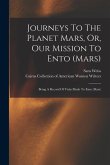8 lectures, Oslo and Dornach, May 18 - June 9, 1923 (CW 276) "Having remained stationary, we can no longer see the spiritual in the physical; we consider only the physical as such. This is materialism. A current has entered human evolution that is, if I may use the expression, hostile to development. Humanity shuns the coining of new concepts; it prefers to continue on with the old. We must overcome this hostility toward development. When we instead become friends of development, then we will acquire a quite natural relationship to anthroposophical spiritual development and pass over from antiquated needs to the truly modern need of humanity--namely, to raise ourselves to the spiritual." -- Rudolf Steiner (May 27, 1923) In these inspired lectures from 1923, Rudolf Steiner weaves the different art forms--including painting, architecture, and music--into a grand tapestry of human experience and expression. In the process, he reveals how each artistic medium contains its own mysteries: how architecture arises out of the soul's need to transition from the spatial to the spiritual world after death; how the art of costuming arises out of the soul's pre-earthly experiences in the world of spirit and is thus an expression, in color and form, of the soul's original nature; how sculpture emerges from an inner sense for the creative, formative forces of the etheric body; how painting can overcome spatial perspective through a new relationship to the world of colors, through color perspective; how music can receive a new direction from the depth-dimension of the single tone, which expands into melody and harmony; how poetry can be deepened through an inner grasp of the qualities inherent in recitation and declamation, through creative speech; and how the new art of eurythmy, arising out of the movement activity of the human archetype, stands midway between mime (indicative gesture) and dance (ecstatic gesture) as an art of expressive gesture. Thus, Steiner outlines a path toward the reunion of that ancient trinity: science (truth), art (beauty), and religion (goodness). It was in the womb of the ancient mysteries--where knowledge was not only a matter for the mind but was carried over into religious rites--that the arts had their origin. Today, we learn facts and figures and believe we have understood reality. To an ancient humanity, this intellectual mode of understanding would have seemed lifeless and sterile. In the ancient world, knowledge became lived artistic experience and religious deed. Modern humanity must once again give wings to knowledge, must seek a deepening of the cognitive life through transformative artistic feeling, if we are to find our way out of our world crisis, which is, at its core, a crisis of the soul. This remarkable volume, packed with profound and far-reaching insights, bears within it the seeds for the renewal of the arts in our time. Includes four color plates of Rudolf Steiner's blackboard drawings. This book is a translation of Das Künstlerische in seiner Weltmission, 4th ed. (Rudolf Steiner Verlag, 2002), GA 276. Cover Image Bright Noonday, by David Newbatt, from Goethe, The Fairy Tale of the Green Snake and the Beautiful Lily (Wynstones Press 2006).
Hinweis: Dieser Artikel kann nur an eine deutsche Lieferadresse ausgeliefert werden.
Hinweis: Dieser Artikel kann nur an eine deutsche Lieferadresse ausgeliefert werden.

